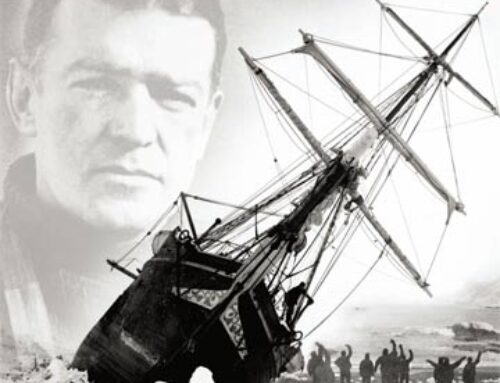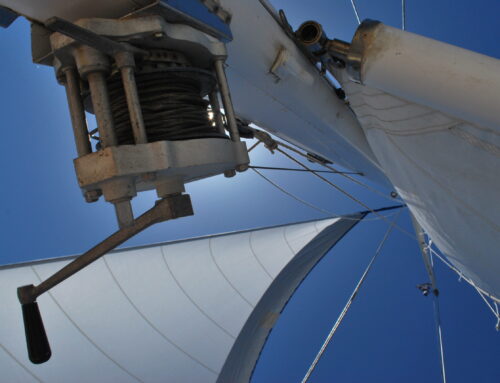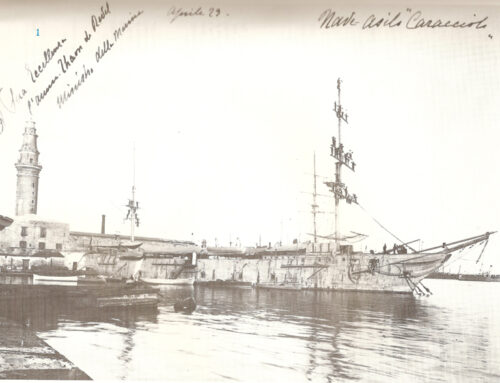Regattas expeditions adventures. Stories of men and their boat
 Let’s begin our stories about the world of sailing with 2 adventures: there are 2 men and their boats but a big absent … the sea. Instead of it we find the rivers but at the end they will lead us to the sea. And not just a sea but the Black Sea, a small piece of the “mare nostrum” the Mediterranean Sea.
Let’s begin our stories about the world of sailing with 2 adventures: there are 2 men and their boats but a big absent … the sea. Instead of it we find the rivers but at the end they will lead us to the sea. And not just a sea but the Black Sea, a small piece of the “mare nostrum” the Mediterranean Sea.
We will tell you by Simone Pierotti and his “Tamarin” and Giacomo de Stefano and his “Ness Yawl”.
Happy reading.
The journey of Tamatino – sailing through Europe
Simone Pierotti was born in Rome in 1980. She gets involved with sailing at fourteen, from 1995 to 2000 he attended summer courses at the Caprera Sailing Center. After graduating in Anthropology he moved to the United States for study and work. He lives in Florence and teaches photography at the Florence University of the Arts, alternating months at sea and sedentary periods. He collaborate with “Il Giornale della Vela” and other national and international magazines.
Tamatino is a “Corribee 21” (6.5 meters) built in England in 1980 by Newbridge Boats Ltd.. It was designed by the famous architect Robert Tucker. This project have in its curriculum several Atlantic crossings and navigation in the Arctic Circle. Tamatino was dismasted for traveling along the Danube and the mast placed on deck. This operation was necessary to overcome the numerous bridges along the route. Tamatino will recover his “status” of a sailing boat in the Black Sea, where it will continue his trip to Turkey. The advantage of having a sailboat that weighs a ton as Tamatino is to be able to proceed with a small displacement overboard engine (5 or 6 hp ) with low fuel consumption, low weight and low emissions. On board it was installed a small solar panel to supply the power required during the trip. This solution reduce the consumptions and simplify the life on board.
The journey
The French channels, the Rhine, the Main and the Danube rivers create a long vein of water through Europe. In their course are mixed cultures and histories. Starting from the countries of the Northen Europe, Holland, France, Germany and Austria through Slovakia, Hungary, Croatia, Serbia, Romania and Bulgaria and finally to the Black Sea, these rivers draw the border between East and West. In May of 2011 Simone starts his journey from a small village in Holland to the Black Sea with his sailing boat. Sailing in a maze of rivers and canals met sailors, painters, film directors, pearls of wisdom, a traveling circus and a trainer of snakes. This was a trip on a sailing boat through the rivers in Europe with destination Istanbul. The times are not the best to leave home and work and walk around with a sailboat. The problem is always the same, work and money. And we need to do something to try a thousand ways to afford these experiences. Simone has broken down the costs so drastic enough sizing its conveniences for a length of 6.63 meters and a width of 2.19. Tamatino is a small boat and therefore needs less work and less financial commitment than a larger one. The minimum necessary for his trip came, in part by the work he has done in the past and in part by a thousand requests for sponsorship that he sent to all the companies that could provide him useful materials. Although he received few answers … better than nothing! An interesting universe, that unfortunately he has investigated with poor results, was the one of the European calls for specific creative projects. Since he is a photographer and during the journey there would be the opportunity to create a portfolio of images he was study calls, budget, partners and deadlines. He have not found acclaim in the European public. No matter! Simone started with a small cash, like his Tamatino, small but determined!
Story from : http://www.tamatino.org/
Watch the video on
Man on the river
Giacomo De Stefano was born in Asti 44 years old but he is Venetian by adoption.He is more than just an environmentalist, he defines himself as a “new world traveller”.Giacomo describes himself as a “simple person”. After spending many years of his life working as a researcher and a documentary film-maker, he made it his aim in life to make men and women of the consumer culture conscious (at any cost) of how their style of life is decisive for the environment.
Ness Yawl The boat Giacomo uses for this journey was constructed by his friend, master boatbuilder Roland Poltock. Designed by Scottish designer Iain Oughtred, Ness Yawl is a 19’ (5.6m) boat, similar to those the Vikings once sailed and the kind fisherman from the Shetland Islands still use. Clinker- planked with mahogany plywood, it’s light but very seaworthy, good for both rowing and sailing.
The journey
For centuries rivers have been the principal thoroughfares for linking civilizations and the best way to supply water to human communities. It is not a coincidence that almost all major cities have grown on the banks of a river. Today most waterways are left to themselves, favoring other forms of polluting and costly transport and, worse, dumping both urban and industrial waste and sewage into the rivers, bringing a slow death upon river life.
With “Man on the River” Giacomo wants to give centrality back to the rivers that flow through Europe: beginning in the Thames, he will cross the English Channel, follow the French canals to Strasbourg, then enter the Rhine up to Nürnberg; he will then enter the Danube, crossing Vienna, Bratislava and Belgrade until he reaches the Black Sea. From there on to Istanbul for an expected total duration of five months. In the wake of his boat he will also try to trace life in a new world, the way to new economic opportunities, a form of tourism which is more respectful and sustainable. Demonstrating that not only can one travel with little and respect nature but that this form of tourism is immensely more emotionally-rich and satisfying.
“Man on the River”: a journey across the heart of Europe, a green heart that is searching to destroy a black and polluted heart, with the cry “Change is possible”.
The miracle of the feat is written in the budget: 0 euro. It is centered on a “gift economy”, cost-free. Private businesses, friends, partners: they are working with him, providing him with tools and ideas; they are creating conditions to make possible something exceptional.
He slept in the boat under a canvas tent made from the type of truck tarpaulins that are no longer used, The canvas material is called Olona (a river in Italy) a very strong and waterproof cotton. The wood stove was made by a blacksmith friend, from a beer mini-keg and let Giacomo cook, keep warm and dry his clothes during the cold month of April in Northern Europe. He used it to bake bread from flour given by country folk, farmers and millers he was meet along the way. He made also sometimes build with care small fires, on the shores of the rivers and the Black sea. For food he has relied on fish and fruit as well as any other food that people along the way may offer him. On board some ropes, a knife, materials for repairing sails and wood stove, sleeping bag, cloth rubbish bin, two anchors, a mosquito net, a canvas hammock, nautical maps (few) and books, a tinder box, some spare clothes and a fisherman’s jacket. He doesn’t need much. In every country took only a dry leaf and collected some drops of water that has preserved in 15 small bottles of glass made by a Murano glass-maker. About two hundred locks to pass through, the biggest in Serbia, that the Iron Gates, which was once the most difficult point of navigation along the Danube. Then tunnels, suspension bridges where the boat sailed at a height of 30 meters above the ground, more than 400 bridges to sail under, about 100 cities, 4 capital, 200 million people who live along the two most important rivers in Europe. It was a trip of both low and high-technology. He did not use satellite navigation instruments but only the sun and the stars, performing mainly simple navigation in coastal and protected waters. Thanks to technology partners Giacomo has been able to broadcast live from various locations he stopped at, to tell people things seen in the previous kilometers. The electrical power required to charge phone on board necessary to talking on radios was supplied by a small solar panel. “Then I’ll find it if you miss something along the way”. The know-how and attention did the rest. “When you’re little you make do with little”. Giacomo was more devoted to listening, observation, information sharing of those who know more than him. He also collected for specific stretches of river CIRF indicated by a series of data ( hydraulic works , land use along the banks , clarity of water , vegetation and fish , etc. ) which have served to compose an assessment on the state health of the river life. He started with the Rhine, as the Thames was already covered the previous year and the French Canals are manmade.
Story from : http://www.manontheriver.com/it/
Watch the video on : http://www.indiegogo.com/projects/282392?c=home







Scrivi un commento